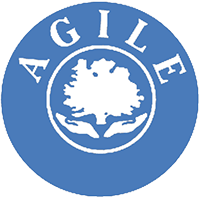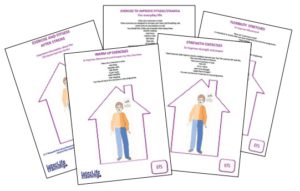LLT guidance on implementation of OEP/PSI in community programmes
We have had a great response to our LLT Statement on OEP/PSI Implementation which had 10 simple key messages for commissioners of services and funders of programmes and training in falls prevention exercise. LLT have 14 years of experience working with services across the UK and into Europe. From implementing and evaluating the first falls exercise service…



